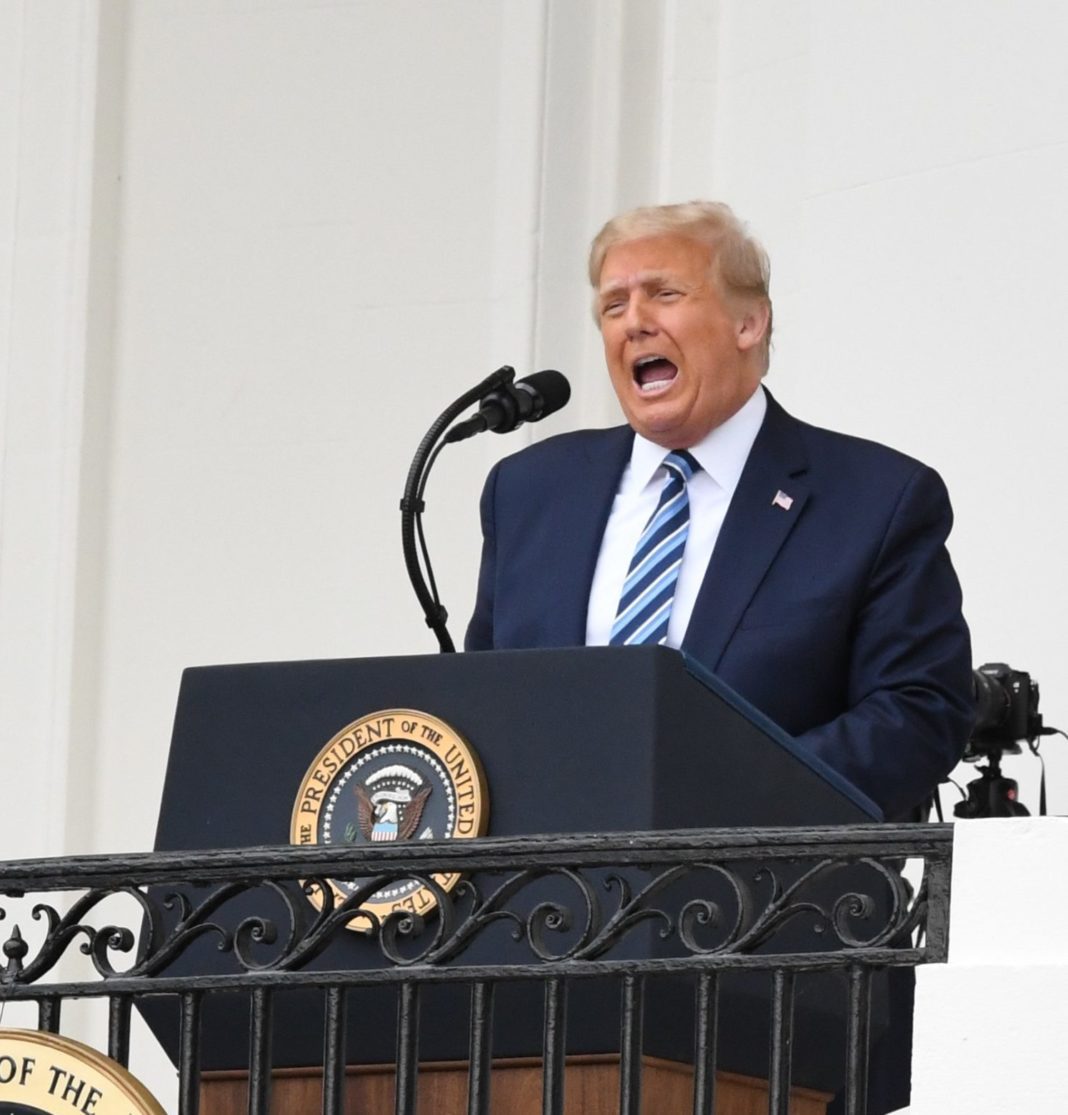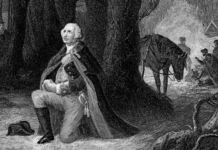Conservatives and even the Republican Party are not usually viewed as being pro-labor. In the aftermath of World War II, the conservative movement and the Republican Party began to embrace a more classical view of economics, which often embraced polices that were not beneficial to American workers. The embrace of the market and “free trade” became an ideology for many conservatives, libertarians, and Republican policymakers. However, this was not always the case. Conservatives as well as Republicans were pro-labor and at the same time pro-business. These conservatives did not worship at the alter of free markets, but balanced policy that was both in the interest of workers and business.
In 2016, then presidential candidate Donald J. Trump shocked his fellow Republicans when he campaigned on an America First platform that centered on immigration and trade reform. Trump argued that for decades free trade agreements such as the North American Free Trade Agreement (NAFTA) had not only resulted in the loss of manufacturing but decimated the middle-class. He also told the nation that the United States was being taken advantage of by China and other countries.
Ambassador Robert Lighthizer, who served as United States Trade Representative in the Trump administration, described some of the consequence of free trade agreements and granting China Most Favored Nation status:
In the years that followed we lost millions of good jobs and saw tens of thousands of factories close. We witnessed the stagnation of wages. We saw economic division in our country grow at an alarming rate. The rich got richer and many fell out of the middle class. We ran up trillions of dollars in trade deficits—essentially shipping our wealth overseas and making our children poorer. Incredibly, much of this wealth transfer went to the People Republic of China, at best a strategic adversary.
Trump won the 2016 presidential election, and his victory was made possible by blue-collar workers who responded to his America First approach to trade policy. In his Inaugural Address, President Trump stated what many Americans felt about their government and what was happening to their country:
For too long, a small group in our Nation’s Capital has reaped the rewards of Government while the people have borne the cost. Washington flourished, but the people did not share in its wealth. Politicians prospered, but the jobs left, and the factories closed. The establishment protected itself, but not the citizens of our country. Their victories have not been your victories; their triumphs have not been your triumphs; and while they celebrated in our Nation’s Capital, there was little to celebrate for struggling families all across our land.
President Trump referred to the “rusted-out factories scattered like tombstones across the landscape,” which symbolized the consequence of free trade agreements. “One by one, the factories shuttered and left our shores, with not even a thought about the millions and millions of American workers that were left behind. The wealth of our middle class has been ripped from their homes and then redistributed all across the world,” stated President Trump.
“America First” and “Make America Great Again” were the campaign themes of President Trump and now in his Inaugural Address he was pledging to make this philosophy a reality. “From this day forward, a new vision will govern our land. From this day forward, it’s going to be only America first. America first. Every decision on trade, on taxes, on immigration, on foreign affairs, will be made to benefit American workers and American families,” noted President Trump.
President Trump’s call for restructuring trade and using tariffs as a policy remedy seemed unorthodox. Trade policy became one of the major policy issues of debate within the administration. Nevertheless, President Trump was resurrecting the traditional conservative view of trade. This was the American System, which was developed by Alexander Hamilton, who served as the first Secretary of the Treasury in President George Washington’s administration.
President Trump’s American model of economic policy is not necessarily new, but rather, a rediscovering of the older Republican tradition. Patrick J. Buchanan wrote that “in leading Republicans away from globalism to economic nationalism, Trump is not writing a new gospel. He is leading a lost party away from a modernist heresy—back to the Old-Time Religion.”
The American System was a policy blueprint of economic nationalism. It called for protective tariffs, a national bank, and providing a system to help foster internal improvements. This economic policy was advocated by Henry Clay and the Whig Party and later advanced by President Abraham Lincoln and the Republican Party.
The goal of protectionism “is the structuring of trade policy to protect the national sovereignty, ensure economic self-reliance, and “prosper America first,” wrote Buchanan.
The Republican Party from President Lincoln through President Herbert Hoover supported the American System. Republican platforms boldly stated their support for the protective tariff, and its benefit to workers. The rallying cry of protectionism in the GOP came under the slogan the “Full Dinner Pail,” which was utilized by William McKinley during his presidential campaigns and by later Republican presidential candidates including Calvin Coolidge. The “Full Dinner Pail” represented economic prosperity, high wages, and a sound economy. President Coolidge even credited “restrictive immigration,” a “tariff for protection,” and “economy of expenditure [limited government]” as policies that not only led to economic growth but benefited the worker.
The American System was the conservative tradition for economic policy. “President Trump and I were the inheritors of this tradition. The American System was in some ways an ancestor of America First and we need it now more than ever,” stated Ambassador Lighthizer.
With massive trade deficits, growing dependency upon foreign countries for necessities, and the need to strengthen manufacturing, Ambassador Lighthizer is correct. The nation needs to follow the American System. For too long free trade ideologues who worship at the alter of free markets have dominated policymaking. It’s time for conservatives and the Republican Party to truly embrace “America First” and protect not only the national economy, but the well being of workers.
“As conservatives, we must work to preserve the values that made America great. Families, communities and the dignity of work are among those values. We need a new American System, one that will help rebuild our country, protect our workers and their communities, and preserve our values,” stated Ambassador Lighthizer.
















